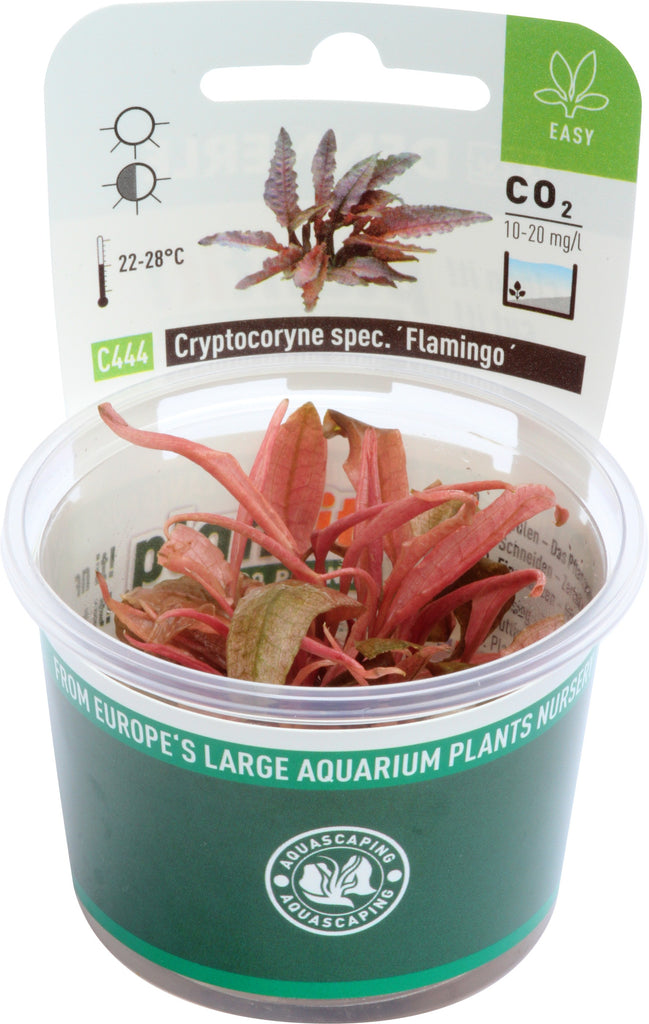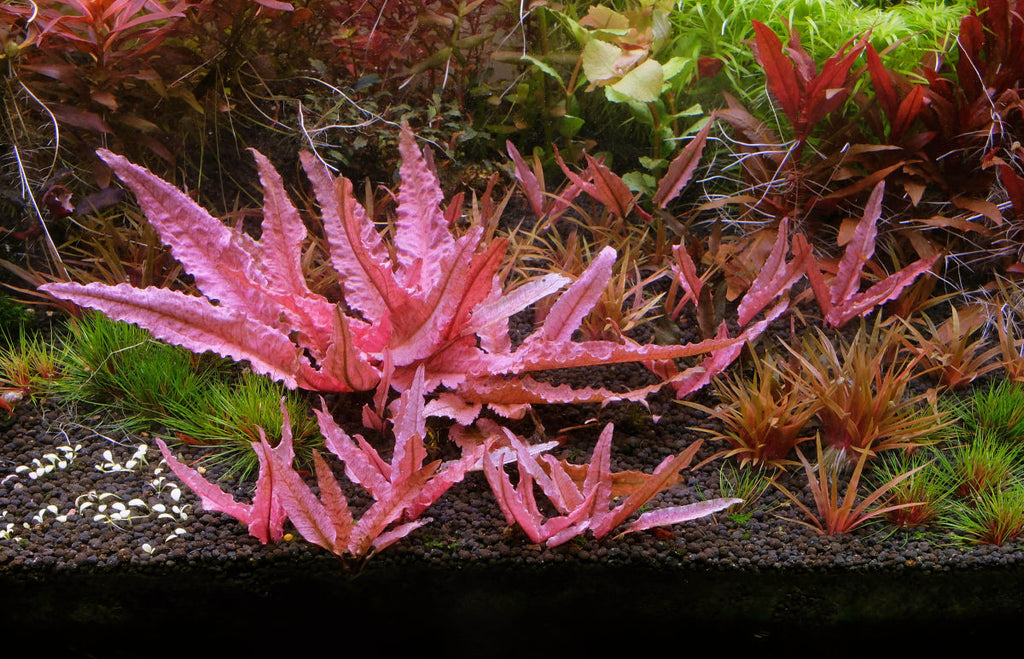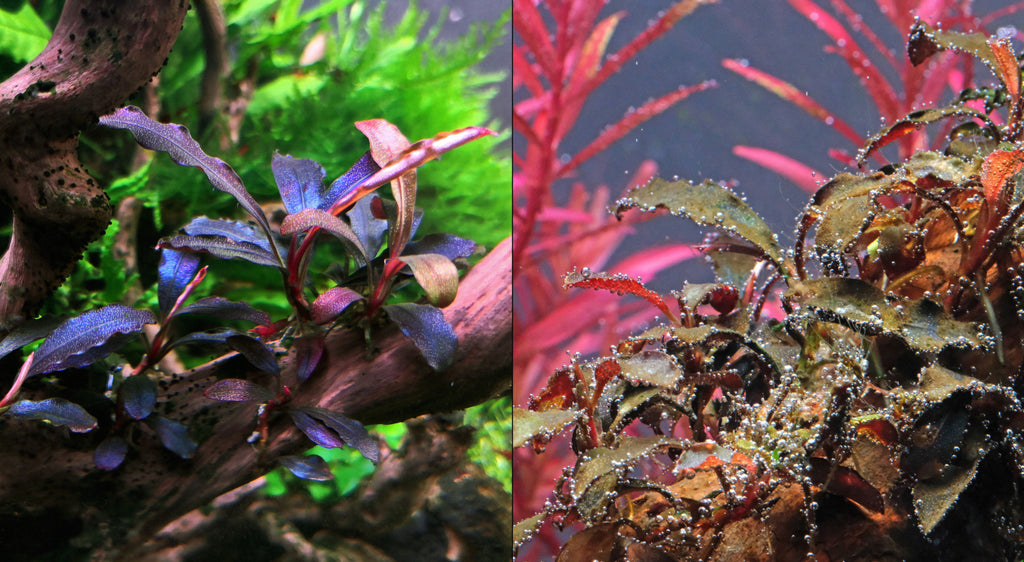
Diatoms and filamentous algae often attack plants in a new setup. This new tank syndrome is common in new setups, especially ones that use rich aquasoils. Often these issues go away on their own after some time as the tank matures and plants settle in, but what exactly makes for a matured setup?
Introduction
The term ‘tank maturity’ is mentioned often in hobbyists discussions but what exactly does it mean? Sensitive livestock such as shrimps and more difficult plants adapt better when they are added to a matured tank, and a matured tank usually faces less algae issues. But what exactly makes a tank matured?
Defining tank maturity
Tank maturity can be seen from a couple of key aspects. The first that is widely known is that microbial colonies develop. There are microbes that oxidize ammonia to nitrites and from nitrites to nitrates. However, ammonia cycling isn’t the only function that microbes do. Microbes also break down organic waste compounds that can trigger algae, and they also consume algae directly. Algae is a basic food for many forms of microbial life. The development of microbial colonies happens not only in the filter, but also in the substrate – especially for aquarists that use soil based substrates where it is a very conducive environment for microbial growth.
You can watch a video of an amoeba feeding on filamentous algae below:
The second aspect of a matured tank is that freshly planted plants need time to adapt to the tank environment. This includes adaptation not only to the water parameters of the new tank, but also to the light spectrum being used, differences in substrate and flow and the micro-climate of its exact location in the tank. Freshly planted plants also take time to root, an often over-looked aspect. Soil based substrates (including aquasoils) go through a transition from being in an aerobic environment to one that is water-logged. Volatile organic compounds can be released in the initial submergence and this also takes time to settle in; plants root better after this initial transition period – especially for plants that have sensitive root systems.
Adapted plants grow healthier and defend themselves better against algae. Healthy plants are very algae resistant, while plants that are infested with algae tend to be under adaptation stress or are unhealthy – this is a universal rule that applies in all tanks. A tank where most plants have adapted to the environment, and thus are algae free – creates an environment where algae is harder to trigger for the tank system as a whole. Therefore it is much wiser to plant sensitive plants that are vulnerable to algae at a latter date when the rest of the plants have already settled into and adapted to the new tank environment.
The key to growing many sensitive species, especially those from tissue culture format, is planting them in tanks where the other plants have already settled in and the overall system is stable.
Why is tank maturity important?
The most common algae that plagues new tanks are diatoms – their presence almost guarantees that the tank environment is not matured – or that a matured tank has its biological system shaken up very badly. Green dust algae and filamentous algae are also common in immature tanks.
Some species such as Bucephalandra are generally easy plants to grow, but they are still vulnerable to immature tank environments. The picture below show 2 batches of Bucephalandra brownie ghost 2011 being transferred from a matured farm tank to 2 different tanks. The tank on the left was a matured low tech non CO2 injected tank that had been setup and grown in for a few months. The Bucephalandra adapted easily in the tank – and did not get hit by algae at all despite being transferred from a tank that had CO2 injection to one that did not have CO2 injection. The stable and matured tank system was very resistant to algae.
The Bucephalandra batch that got transferred to a newly setup tank that had not yet matured was badly hit by diatoms and other algae (picture on the right). This is despite the tank having CO2 injection and all the right parameters. The thing that was absent in the setup was tank maturity. Aquarists that only pay attention to parameters would have been left puzzled by why a plant would reacted so poorly even when “parameters are perfect”. Planted aquariums are small but complex ecosystems where microbes, plants and livestock all interact with each other on a micro level. We cannot define a tank by parameters alone, which many aquarists try to do.
How to avoid new tank syndrome and accelerate biological maturity for a tank
Getting the setup right at the start helps tremendously. Having good flow (6X – 10X turnover) and a good flow pattern where there is adequate gaseous exchange with the water surface is important. Better oxygen levels helps microbes propagate more quickly.
Seeding the substrate with old soil from a matured setup, and seeding the filter with old filter media helps seed the system with microbes. Keeping the water parameters stable, avoiding harsh chemicals or large parameter swings is also important. With regards to ammonia cycling – dosing bottled bacteria can help, but even then the bacteria need time to settle into the tank system.
We recommend cycling the unplanted tank for a couple of weeks without plants or livestock, and with the filter running but lights off. This allows microbes to populate the substrate and filter. Typically in this period you will also see your ammonia cycling system mature. While ammonia can be taken up by plants as a nitrogen source, high levels of it is a trigger for algae and also melts more delicate plants – so it is generally better to plant after the ammonia cycle has developed. You can read more on tank cycling here and why you should do it.
Choosing to start planting the tank with hardy adaptable plants will make the tank more algae resistant. Avoid planting difficult or picky species until the tank has matured. As hardy plants adapt easily to new environment – and adapted plants are algae resistant – they create microclimates where algae does not readily spawn. The more portion of your tank is filled with healthy growing plants, the more resistant the overall tank system is to algae.
Avoid planting slower growing species, difficult plants or species that are more vulnerable to algae. Avoid planting Bucephalandra, Utricularia gramminifolia, and delicate tissue cultures such as TC Chai, Flamingo in immature setups.
Recovering from the initial algae spike after plants have been added
If you have followed the advice above, algae spikes should be minimized. However, for many folks, it is more likely that they encounter some algae issues that usually spawn a week or so after the initial planting is done . So what can you do ?
The first step is to not panic and do dramatic changes that will shake up the system any more. Check for outlier parameters – however, if your system has been setup well – and you have adequate CO2, flow, light, nutrients for your plants, do not embark on a parameter tweaking spree – this can make things worse rather than better. Plants need time to settle in and changing parameters week to week makes it harder for them to acclimatize. Keep parameters fixed and stable. Most plants grow in a very wide range of parameters, so pinpoint accuracy in most parameters achieve nothing except feeding into the placebo effect of feeling like you have done something to help.
The next step is to do gentle, but thorough cleaning of the tank. If diatoms and filamentous algae blanket plants, you can try to manually remove them as much as possible while siphoning/doing a water change. Typically, a lot of organic detritus is also produced during this period and accumulates on the substrate – you should do large water changes while vacuuming of surface detritus. To learn how and why this is done read this page. Large water changes remove organic waste components in the water and also to remove loose algae and algae spores. For tanks that have not yet fully cycled, water changes also remove excess ammonia – one of the prime triggers for early stage algae.
If your tank is very sparsely planted, consider adding tougher, easier to grow filler plants. A fully planted tank matures and gets over the algae phrase much faster than a sparsely planted one.
The last thing to do is to be patient and wait. Tank maturity will take a few weeks or even longer in some tanks. Often diatoms and filamentous algae can blanket existing plants and make it seem like a terrible scenario. However, once the plants adapt and the system mature, they disappear very quickly.
Remember the batch of Bucephanlandra that got hit badly by algae after being transferred into a new tank? The right picture is how it looks like a mere two weeks later. These turn arounds can happen fast if you have taken the right steps to managing the problem. We spot dosed some APT Fix on the Bucephalandra to accelerate the process, along with doing the steps to clean the tank as described above. However, we changed no parameters (same light, CO2, fertilization etc) and just allowed time for the tank to mature.



